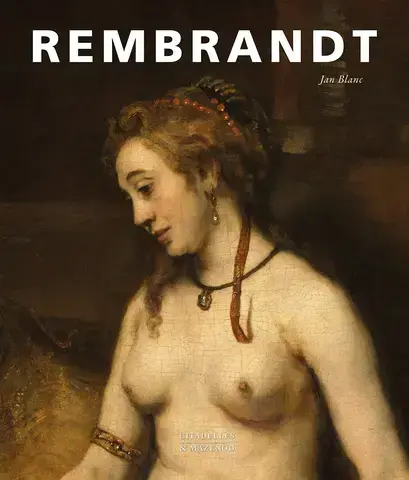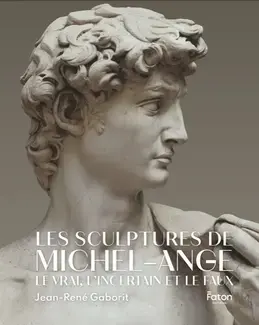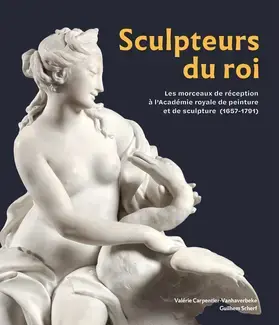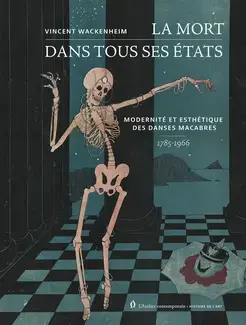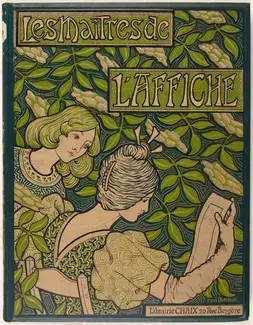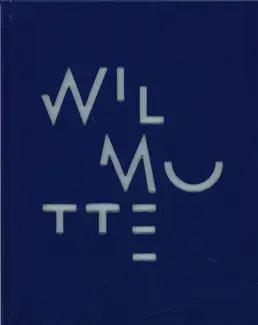 Home
Home
Rembrandt
Auteur(s) : Jan Blanc
A few years after his death, Rembrandt (1606-1669) was accused by the Dutch lawyer and playwright Andries Pels of having been "the first heretic in the art of painting". In particular, Pels criticised the insufficiently idealised way in which Rembrandt depicted the female body, as well as his contempt for ancient models and the great masters of European painting. This attack, which was unusually violent - in the 17th century, heresy could still lead to excommunication, exile or imprisonment - has often been attributed to Pels's conservative tastes and his attachment to the model of classical French theatre.
Contrary to this approach, this monograph proposes to take Pels's comments seriously, by relating them to the choices made by Rembrandt, who, throughout his life and career, never ceased to assert his singularity in relation to his masters and contemporaries. This biographical and artistic singularity is considered in the book through the notion of originality which, since Antiquity, has been one of the central issues of poetic, rhetorical and artistic criticism.
The monograph shows how, by presenting himself as an original painter and engraver who asserted the primacy of his artistic choices, the authenticity of his works and the inimitable - and therefore constantly imitated - nature of his style, Rembrandt laid the foundations for a new conception of painting, in which criticism of the rules of art and the issues associated with the visibility of genius clash, in a deliberately polemical manner, with the principles of imitation.


We also
recommend
Bookshop
New book new


